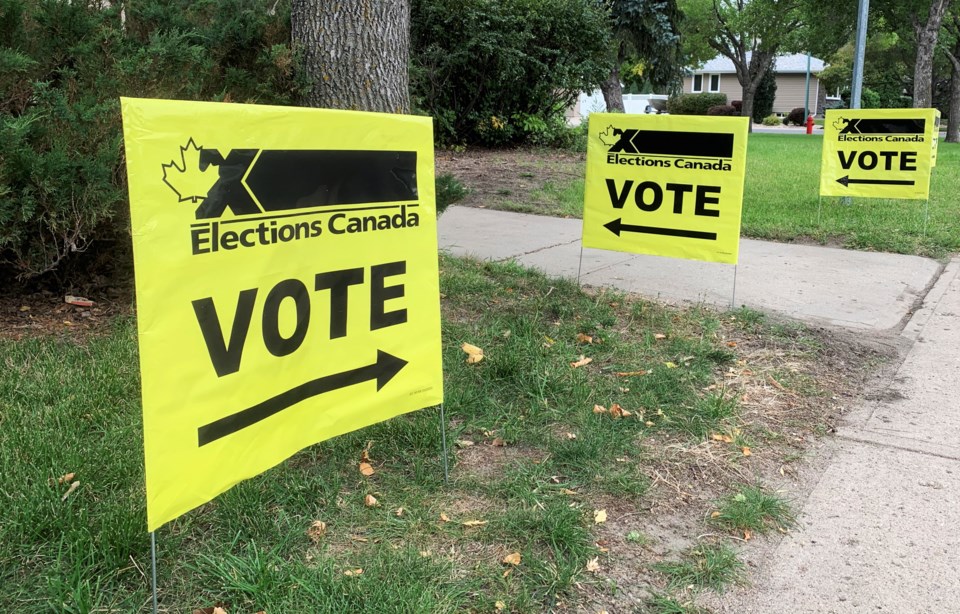When Canada’s federal voting age was lowered from 21 to 18 in 1970, there was consensus among parliamentarians across party lines following years of student protests and uprisings in Canada and abroad. MPs perceived young protesters who weren’t yet able to vote as a threat to the stability of Canadian democracy.
The current debates among parliamentarians about lowering the voting age from 18 to 16 lack this kind of catalyst. While there are some MPs, senators and advocacy groups that advocate lowering the federal voting age, there’s no real incentive today to do so.
Debates in Parliament, attempts to pass a Senate bill on lowering the voting age or hosting advocacy summits might keep the issue of the federal voting age in the Canadian news cycle, but are unlikely to encourage parliamentarians to act, according to new research I’ve conducted.
I’ve found that unless parliamentarians have an incentive to lower the federal voting age, it probably won’t happen.
Common themes over decades
To better understand today’s intransigence, it’s important to look back to 1970. Until then, there were decades of debates among parliamentarians about whether to maintain a voting age of 21 or lower it to 18.
My research found that if one parliamentarian argued that young people were educated and informed enough to vote, another would argue that youth were not mature enough. If one argued young people wanted to be more involved, another would say there was an insufficient demand for change among young people.
In short, most of the arguments about whether to change or maintain the voting age were subjective judgments made by MPs. This may sound familiar, because the arguments being made by parliamentarians today are quite similar.
My analysis of parliamentary debates about the federal voting age between 1901 and 1970, and then between 1970 and 2022, shows that the types of arguments being made by MPs have changed very little over the decades.
The impact of 1960s tumult
This finding begs an important question. If the arguments and major themes of both the past and current debates are so similar, then why did the federal voting age change in one period but appears unlikely to change now?
The key difference is the catalyst that occurred during the 1960s that incentivized parliamentarians.
In the late 1960s, youth rose up in both Canada and much of the rest of the world. Young people became more politically active and involved. Some of these activities included protests or political actions that parliamentarians saw as youth acting outside of formal political channels.
The prominence of the events during this period is exemplified by a statement made by Lorne Nystrom of the New Democratic Party in February 1969 in the House of Commons, when he asked his fellow MPs to pass legislation to lower the voting age:
“Many people are losing faith in our present democratic system. Even many moderate students are asking why they have to demonstrate or hold a sit-in before people will listen to them. We do not want this sort of thing, and like to accomplish things quickly and in a democratic manner. Unless we do so we will encourage more and more activity outside political channels as we know them today.”
In short, the catalyst for parliamentarians was not so much that youth became politically active, but that they posed a threat to the stability of Canadian democracy if the voting age wasn’t lowered.
Rutherford Lester Whiting of the Liberal Party of Canada alluded to this perceived threat later that year in the House of Commons in November 1969:
“Everyone, including youth, has the right to protest, but with that protest there must be responsibility. A democratic society is not based upon force and the destruction of property, looting and causing bodily harm to others. By lowering the voting age, the government is bringing youth into the mainstream of decision-making.”
Preventing further protests
Both statements reveal that at the time, parliamentarians wanted to curtail student protests by bringing young Canadians into the formal political process. In other words, Canadian parliamentarians used the act of lowering the federal voting age as a tool to prevent further youth protests.
Eliminating what parliamentarians saw as a potential threat to democratic stability in Canada was the incentive to lower the voting age from 21 to 18.
This kind of incentive is not present today. The arguments being made by parliamentarians on both sides of the debate are nearly identical to the arguments made several decades ago.
In particular, both sides continue to debate whether Canadians below the voting age possess or lack the capabilities to vote responsibly. There’s no catalyst that might motivate parliamentarians to consider a lower voting age, or that creates broad consensus across party lines.
If history repeats itself, it appears the voting age will remain at 18 unless activists or Canadians younger than 18 make their voices heard.![]()
Valere Gaspard, Research Fellow, Leadership and Democracy Lab, Western University
This article is republished from The Conversation under a Creative Commons license. Read the original article.
The commentaries offered on SaskToday.ca are intended to provide thought-provoking material for our readers. The opinions expressed are those of the authors. Contributors' articles or letters do not necessarily reflect the opinion of any SaskToday.ca staff.




